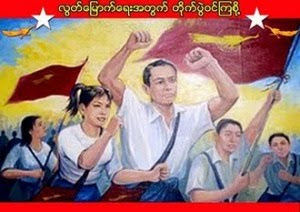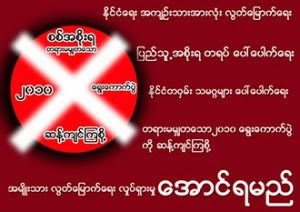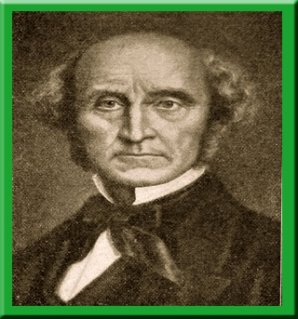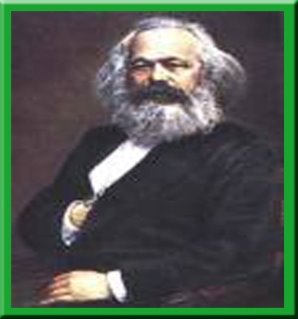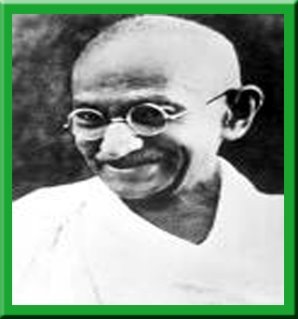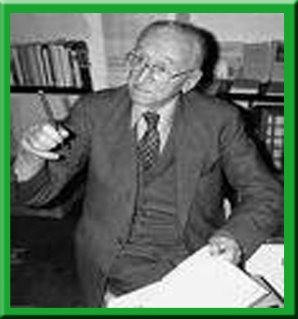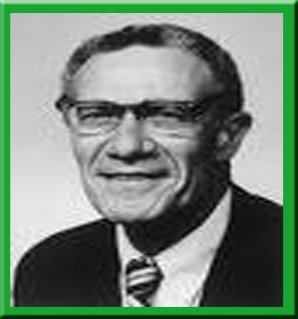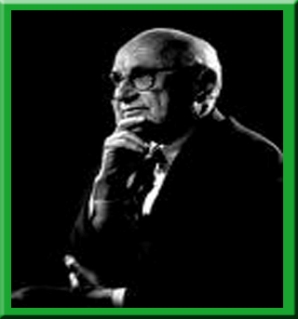The drugs issue
The drugs issue is a major issue on a global scale. The turnover of the illicit drug industry is nearly equivalent to the size of the textiles industry in international trade. In this essay, I would like to analyze the globalization of drug trade, the sectors involved in the drug issue, the economic and social consequences, the demand and supply side of the illicit drugs and the policy options for the countries to resolve this issue.
In the era of globalization, all the governments have to face the problems of transnational crimes such as illicit drugs, arms trafficking, alien smuggling, intellectual property and money laundering. Willetts mentioned that the most important criminal industries include illicit trading in arms and illicit trading in drugs. (Willets, 2000:433)
Globalization not only increases the internationalization of the economies and societies but also facilitates the organized crimes and financial deregulations. Walker argued that some large regions have become free trade areas (e.g. European Union and North American Free Trade Area) and they brought down borders and made trade and illegal trafficking easier. (Walker, 2002:4)
As the illicit drugs have some unique characteristics, the extent of the illicit drug problem grew bigger. These characteristics include the nature of addictive substances and the distinguished feature of this commodity, i.e. the low volume with high unit cost and value.
The drug issue can be categorized into three sectors such as production, trafficking and consumption. According to the United Nations Office on Drugs and Crime, the global retail market for illicit drugs is estimated at US$320bn, larger than the individual GDPs of nearly 90% of the countries of the world. (Costa, UNODC Report, 2005)
The main problem drugs include opiates (heroin), coca/cocaine, cannabis and Amphetamine-type stimulants (i.e. Amphetamines, ecstasy, etc.). For opium/heroin market, high levels of global opium poppy cultivation exist in Afghanistan, Lao PDR and Myanmar. Low level countries include Vietnam, Russia, Ukraine, Egypt, Peru and Thailand. For Coca/cocaine market, high level manufacturing countries include Bolivia, Colombia and Peru. For Cannabis market, a lot of countries were producers, mainly Malawi, Lesotho and Swaziland in Africa, Mexico, Canada, Jamaica and Colombia in the Americas, Kazakhstan and Kyrgyzstan in Central Asia, Egypt and Lebanon in the Middle East, India in South Asia and Cambodia, Thailand and the Philippines in Southeast Asia.
For Amphetamine stimulants market, the main methamphetamine production sites are in China, Myanmar and the Philippines in Asia and United States, Mexico and Canada in the Americas, while the amphetamine production sites are largely concentrated in Europe. (UNODC, 2005)
However, the drugs produced in these countries cannot reach to the hands of the consumers without trafficking. As Yawd Sark (Shan State Army leader from Myanmar) said
“The Wa People (producers of heroin and stimulants) are just the scapegoats. The benefits go to the Chinese businessmen and the Military Government of Myanmar. How can the Wa send drugs to Bangkok, Thailand?” (TNI, 2003)
So it is obvious that trafficking is the link between the producer and consumer countries. The highest seizures of opium in the world exit in Iran, Thailand, Afghanistan, Pakistan, Tajikistan, Russia and Myanmar. Similarly, the highest ranking seizures of heroin and morphine were in the Middle East/ South West Asia and East and South East Asia.
For Cocaine market, the trends in cocaine trafficking include Andean region to Brazil, countries of Southern Africa, countries of Western Africa to Europe. UK is one of the largest cocaine markets in Europe. For cannabis, trafficking concentrated in North America and Africa. For ATS, the highest seizures were in Thailand, China, the United States, the UK, the Netherlands and Australia. (UNODC, 2005)
All these distribution channels link the production and consumption. Drug abuse figures had increased 15 million higher in 2005 than previous year estimates according to the World Drug Report. Heroin abuses rose in Central Asia and South East Europe. Cocaine users were highest I West Europe and North America region. The largest consumers of drugs in the world seem to be the United States and the United Kingdom.
There are a lot of Economic and Social consequences of the drug issue not only on a national scale but also on a global scale. The economic costs of drug abuse create the highest figures due to the treatment programme, emergency room visits, higher incidence of HIV/AIDS, productivity. It also affects the employment status because most of the drug users were in the 15-35 age groups. The large incomes are generated from the distribution channels and the activities of money laundering are widespread in international financial institutions. Taylor argued that the clear-cut distinction between legitimate and illegitimate business is quite difficult to sustain. (Taylor, 1992:191)
In addition, human capital formation is seriously affected by illicit drug industry because resources that can be useful for education, productivity and healthcare are wasted. Central bank functions are distorted by drug money to identify the foreign exchange flows and inflation to set up the effective macroeconomic policies.
Moreover, the drugs issue has a lot of consequences on the global society as a whole, especially in health, families, environment, arms, corruption and dangers for the Civil Society. The most serious problem is the relationship between drug issue and terrorism. The House Speaker Dennis Hastert once mentioned as
“The illegal drug trade is the financial engine that fuels many terrorist organizations around the world, including Osama bin Laden” (Hastert, 2001)
As the extent of drugs issue has various kinds of consequences, some questions came out in relation to the responsibilities to resolve this issue, i.e.
Is the drugs issue an issue for producer countries?
Is the drugs issue an issue for consumer countries?
Is the drugs issue an issue for distribution channels-transit countries?
Before answering these questions, it is important to identify the demand side and supply side of the illicit drug trade. The well-known report prepared by the Abt Associates INC. for the National Institute of Justice clearly mentioned that drug policies should be in accordance with both demand and supply programs. It is recommended as
“The success of supply-based programs should increase the price of illicit drugs, and if drug users act anything like the consumers of licit products, some should quit and other should reduce their use. Demand-programs should reinforce this effect by preventing people from becoming drug users in the first place, and by encouraging and facilitating active users to stop” (Abt, 2000:11)
Price elasticity of demand for illicit drugs, the percentage change in demand for illicit drugs per percentage change in price of illicit drugs is large around -1 and long-run elasticity is larger than the short-run elasticity. On the other hand, Crane, Rivolo and Comfort claimed the significant relationship between the street prices and the prices at the border. In fact, the costs of producing, transhipping and distribution of illicit drugs make higher prices at the street level. (Crane, Rivolo & Comfort, 1997)
The International Narcotics Control Board (INCB) released the integration of supply and demand strategies as
“Policy makers should determine the type of drug markets (local, national and regional markets) in order to establish focused strategies regarding the supply and demand for illicit drugs” (INCB, press release on 2/3/2005)
Indeed, various kinds of mechanisms occur for the International Drug Control. At a global level, the drug control is regulated by three international conventions, namely,
1961 Single Convention on Narcotic Drugs as amended by the 1972 protocol
1971 Convention on Psychotropic substances and
1988 Convention against illicit Drugs and Psychotropic substances.
The Single Convention created the International Narcotics Control Board (INCB) as international drug control machinery.
The bodies of the UN for drug control policies include the Economic and Social Council, the UN International Drug Control Programme (UNDCP), the Commission and the INCB. The Commission, the UNDCP and INCB are responsible to implement the international drug control system. Ruyver claimed the responsibilities of these bodies as
“These bodies are not considered as guardians but as monitors. They have no law-making function but initiate law-making. They have no judicial function but hold administrative and executive powers” (De Ruyver, 2002:151-152, cited by Bewley-Taylor, 2003)
In 1998, a Political Declaration was signed by 185 members at the special session on the world drug problem, held in New York. They pledged to reduce both the demand for and the supply of the illicit drugs by the year 2008.
In 2002, President Bush of the United States of America initiated a New Nation Drug Control strategy based on the principles of stopping drug use before it starts, healing drug users and disrupting the market for illegal drugs. (BP-435E, parliamentary Information and Research Service, Canada) The third principle is clearly related to the demand and supply side reduction strategies.
The Congressional Research Service (CRS) then proposed the international drug control policy options such as
Expansion of efforts to reduce foreign production at the source
Expansion of interdiction and enforcement activities to disrupt supply lines
Expansion of efforts to reduce worldwide demand and
Expansion of economic disincentives for international drug trafficking (Lee & Perl, 2002:3)
In conclusion, the drugs issue is one of the major issues for today’s world and this cannot be solved only by consumer countries. The Drug Control efforts should be integrated with the interdiction of and law enforcement agencies on the international trade in illegal drugs and the producer countries.
Khin Ma Ma Myo (sep, 2005)
References
Abt Associates Inc. (2000) Illicit Drugs: Price Elasticity of Demand and Supply, Cambridge
Associate Press, Hastert Forms Task Force on Drugs, September 25, 2001
Bewley-Taylor, D. (2003) The Mechanics and Dynamics of the UN system for International Drug Control, London & New York, Continuum
Crane, B., Rivolo, R., & Comfort, G. (1997) An Empirical Examination of Counter-drug Interdiction Program Effectiveness, Institute for Defence Analyses paper
De Ruyver, B., Vermecilen, G., Vander Beken, T., Vander Laenen, F., & Gcenens, K. (2002) Multidisciplinary Drug Policies and the UN Drug Treaties, Institute for International Research on Criminal Policy, Ghent University, Maklu, Antwerpen/ Apeldoorn
INCB (2005) Integrating Demand and Supply reduction strategies, Press Release, No.2
Lee, R. & Perl, R. (2002) Drug Control: International Policy and options, CRS report, the library of Congress
Parliamentary Information and Research Service, BP-435E, Canada
Saffer, H. & Chaloupka, F. (1995) The Demand for Illicit Drugs, NBER working paper
Taylor, I. (1992) The International Drug Trade & Money Laundering: Border Controls & other issues, European Sociological Review, vol.8, No.2, Sep 1992, pp.181-193
Transactional Institute (2003) Drugs and Conflict in Burma (Myanmar): Dilemmas for Policy Responses, Debate papers No.9
United Nations Office on Drugs and Crime (2005) World Drug Report: Volume 1, Analysis, UN Publication, online version
Walker, J. (2002) The role of the state in the International illicit drugs trade: the case of Colombia and external intervention, Global Politics Network
Willets (2001) Non-Legitimate groups and liberation movements as political actors, in John Baylis and Steve Smith (eds) The Globalization of World Politics, Oxford University Press, Oxford




















